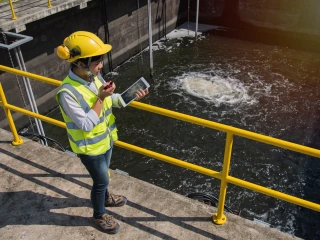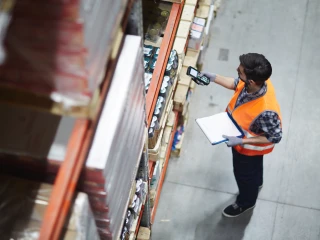
A thirst for actionable insights: how water-link brings water management into the 21st century
- operations
- IT
- utilities
How do you manage a piping water network that’s over 2,300 km long while also delivering great customer experiences to nearly 640,000 users (or area inhabitants)? For water-link, one of Flanders’ main water management companies, the answer lies in embracing digital possibilities. A pioneer in digital water meter adoption, the company is sitting on massive amounts of data. What was missing until recently was a way to turn all that information into actionable insights.




